Digital asset management (DAM) is the creation, storage, management, and preservation of digital files. This includes images, audio, video, and 3D objects. Let’s look at the broad stages in the life of a digital asset, and see how Vernon CMS, your processes, and digital asset management systems can help you.
Overview
In this article, we’ll cover:
- What is digital asset management?
- Photo/Audio-Visual file in Vernon CMS
- Organising files
- Exporting images from Vernon CMS
- Naming and importing images into Vernon CMS
- DAM systems
- Digital preservation
- Resources
What is digital asset management?
Digital asset management covers several key stages in the life of assets.
- Create
- Manage
- Share
- Archive
Let’s look into each of these stages.
1. Create your assets
Digital asset management starts with the creation of the asset. That can include managing the workflow for the people that are responsible for its creation. For example, allocating or notifying your photographers that there’s a batch of objects that needs photography.
The creation can include integration with the devices that are helping capture those. That is, integration with your scanning machinery or photography machinery.
And an important part of creation is setting up broad standards for the sizes and formats you want to create and describing those assets as they’re created.
Key tasks:
- Integrate with capturing devices.
- Set format and specification standards.
- Describe assets.
2. Manage your assets
Once the assets exist, the next stage is to manage them. People might be responsible for reviewing and approving assets when they’re created, and you might set access controls around them, partly due to things like rights restrictions on the assets.
Key tasks:
- Review and approve assets.
- Set access controls.
3. Share your assets
Once the assets are created and you’ve set appropriate controls, you then want to share access to the assets. That means providing ways for people to discover them, to reuse them, and to generate them in different formats for different end uses.
Key tasks:
- Search for assets.
- Re-use assets, including generating derivatives.
4. Archive your assets
Lastly, we have to manage the archiving and the preservations of those assets, and that’s often outside of what even digital asset management systems cover. Archiving includes adequately backing up those assets, and preservation includes ongoing integrity checks, and migration between different digital asset formats as things become obsolete over time.
Key tasks:
- Back up assets.
- Check integrity.
- Migrate formats.
- Delete assets.
Photo/Audio-Visual file in Vernon CMS
Within Vernon CMS, digital media assets are managed in the central Photo/Audio-Visual file. This file can be linked to any of the other major files in Vernon. For example, an image that was taken for a condition report, an image of a gallery that was part of an exhibition venue, and all the images of individual objects in your collection.
Records in Vernon can link to one or more related Photo/Audio-Visual records. Any object record might have a dozen images that are linked. Each of those images exists as a record in the Photo/Audio-Visual file.
Here’s an example of a cat photograph in the Object file.
Whenever we link an image to Vernon CMS, it automatically creates a thumbnail copy of that image. That means that the system is able to quickly present a large number of images, if you’re switching to something like the List Manager view.
Vernon stores a link to wherever that source file is located on your network. If you double-click on the thumbnail image, Vernon goes to your network and retrieves the original file and shows it in a viewer where you can zoom in and out.
You can also right-click on the thumbnail image to get options like refreshing the thumbnail. If somebody independently altered that image outside of the system, Vernon won’t detect that. But you can force the system to refresh that thumbnail.
You can right-click and go to Properties where it’ll show the full digital metadata that’s embedded directly within that original file. That’s going to have a whole range of different information, such as the color standards used on the device when the file was created, plus details of the context of when it was taken. That includes what kind of device captured it, what kind of compression, what size, what date it was taken. All of that’s embedded automatically in the image by most common capturing devices, including scanners and cameras.
You can open the Object > Photo/Audio-Visual References window to see the images that are linked to an Object record.
You can select one of the images in the table and open the related Photo/Audio-Visual record by clicking the Go To button on the top toolbar.
So in the Photo/Audio-Visual record, you can enter details that relate to just that one digital asset rather than the object as a whole.
- On the first tab, the Identification tab, we’ve got the link to the original file in the Filename field. You can enter a caption that’s specific just to this one image. Vernon Browser is sensitive to that and can show a different caption per image if you’ve recorded one here. And you can enter the publication status of an image.
- On the Usage, Subject tab, you can enter details about production or the subject of it.
- On the Source, Rights tab, you might record some basic information about the rights that apply to that particular image.
- And on the Digital Metadata tab, like we saw in Properties on the main Object window, we can get an overview of the basic metadata that Vernon’s been able to extract out of the image. That metadata is stored directly on the Photo/Audio-Visual record, which means you can search on it.
So you might want to retrospectively re-photograph the images that are poor quality. You could tackle that by searching on the height or the width element in Advanced Search.
So you could look for everything that has a height of less than 1500 pixels.
And the system will find all of the relevant images. You might allocate that as a task to the photographer to retrospectively go back and redo the photography on those.
Normally in Vernon CMS you link to a compressed resized derivative version of an image in jpeg format. That means you can use that file easily without it being a huge size to try and move around on the network.
But you can record in Vernon where the high resolution original is stored by going to Photo/Audio-visual > Document References and using the External File table.
Organising files
In Windows File Explorer, in your Images folder, we recommend having two folders:
- Derivatives
- Originals
Derivatives are the smaller working copy images that Vernon’s accessing. Originals are the original high-resolution images.
- For derivatives, we recommend using images that are around 2,000 to 3,000 pixels on the longest side.
- For originals, keep the highest resolution image taken by the scanner or camera.
Within the Derivatives and Originals folders, you can organise images into folders by year. For example, for an object that you accessioned in 2012:
- Store the original image in the Originals > 2012 folder.
- Store the derivative image in the Derivatives > 2012 folder.
Exporting images
You can generate other smaller copies of the image files that are linked into Vernon. Using the Reporting tool, in any Export or XML Export report, you can export a folder of derivative copies of the images that link to those records. So you’ll export the text data of the records, plus a folder of image copies. And you can control that through the formatting options of the report.
See our Help article: Export Photo/Audio-Visual records to a folder
Naming and importing images
You also need to consider what your naming conventions are for your image files.
We recommend using the accession number for your image file names. By doing that you can bulk import new images and link them to the correct objects.
You can enter additional text in the file name, such as side view. Just make sure you use a consistent punctuation character such as an underscore to separate the two pieces of information. For example:
1999.8_side view
If you use the underscore everywhere in your image file names, the linking process in Vernon can automatically separate the accession number out of that file name and then find the right matching object for you.
See our Help article: Import and link images in bulk
DAM systems
You might consider using a digital asset management system, or DAM system, to have more control over the different stages and the life cycle of these digital assets. DAM systems can cover a range of features that go beyond what Vernon CMS does.
We’ve integrated with several different DAM systems. Here are four examples that are already used by different Vernon CMS clients around the world:
DAM systems can:
- Create job lists.
- Manage descriptions.
- Automate standards.
- Manage naming conventions.
- Enable discovery.
- Process external requests and payments.
- Enable reuse.
Create job lists
DAM systems can start managing the process before the assets are even created. For example, they can create job lists for the photographers or scanners so that they know which things need assets created for them. So that might be a work list of new images that need to be created because you’ve purchased a whole group of new objects.
Manage descriptions
They can also help manage the descriptions of those assets. So there might be some basic cataloguing that’s done directly in the digital asset management system before that’s passed on to Vernon CMS.
Automate standards
DAM systems can automate the standards of files, meaning they can set your preferred format and resolution for images as they’re created in the system.
Manage naming conventions
They can dictate things like naming conventions for derivative images. They can automatically generate the working copy that Vernon CMS needs, and perhaps put it in a special designated place in the network for Vernon to pick up as part of the Import & Link Images process.
Enable discovery
DAM systems also usually include a discovery layer. That’s a web interface where you can browse those assets completely independent of the cataloguing system or the Windows network.
Process external requests and payments
You may need to charge for access to original copies of media files. Some DAM systems have built-in features for eCommerce to support payments and the delivery of high-resolution copies to a public user.
Enable reuse
They also have better options for the reuse of assets, controlling who’s allowed to access which different subsets of assets and providing easy options to access them through programming interfaces and to generate different copies for different purposes.
Digital preservation
Digital asset management is often distinct though from digital preservation. This pyramid shows you how digital assets are managed through the whole preservation stack.
1. Safe storage
At the most basic level, you just want to securely store your assets. That means storing them on some kind of media that you know is going to be safe and reusable. A hard disk is typically where those things are regularly backed up.
2. Storage management
The next layer is storage management. That’s the ongoing consideration of your future storage needs as they grow. Thinking about allocating more space over time and figuring out how that volume is going to be managed.
3. Storage validation
The third level, which is often already going beyond a digital asset management system, is the ongoing validation of those assets. That includes automated processes that check that your files are still readable in the format that you expected them to be.
4. Information organisation
Information organisation is the description of your assets and the management of the technical data around them.
5. Information processes
Information processes are often managed by the digital asset management system, so things like the creation and the sharing of those assets.
6. Information preservation
And then lastly, the most complex part of the process is the long-term preservation of those assets. All digital formats become obsolete over time. So the most complex part of digital preservation is the migration of those assets to different formats when a particular format becomes obsolete.
That’s less true for images with things like jpeg formats have been around for a very long time. But for more complex formats like 3D objects, that particular field is evolving quickly and formats can become obsolete very quickly as well. And so you need to have strategies in place for how you’ll migrate those formats to other newer formats when those become obsolete.
We hope this article is helpful in your understanding of digital asset management. If you have any questions, please email us at support@vernonsystems.com.
Resources
Vernon CMS image and multimedia file storage
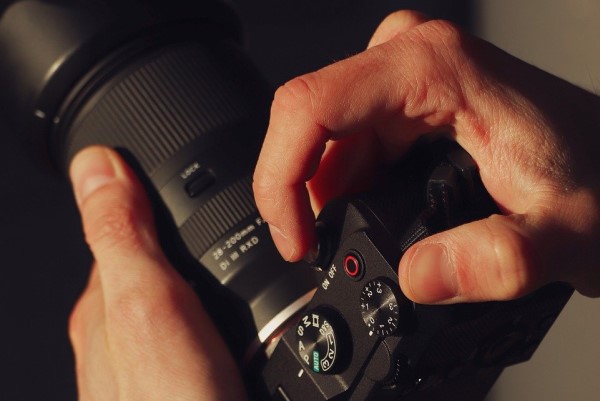
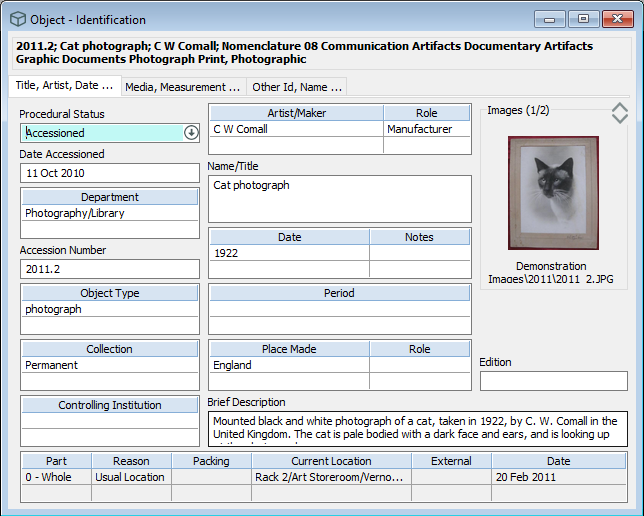
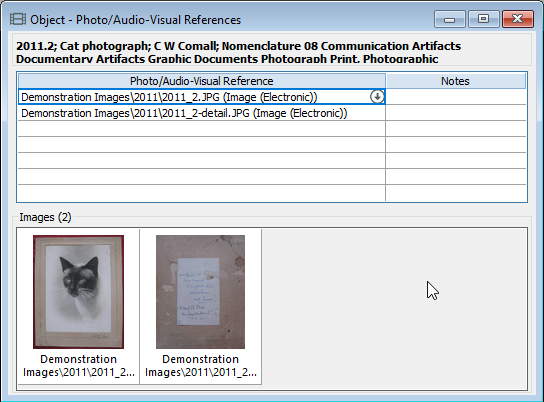
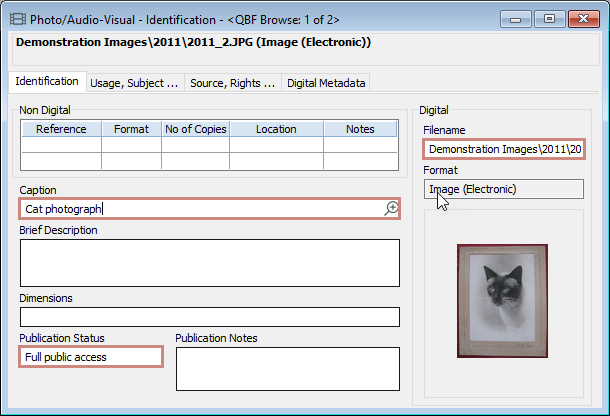
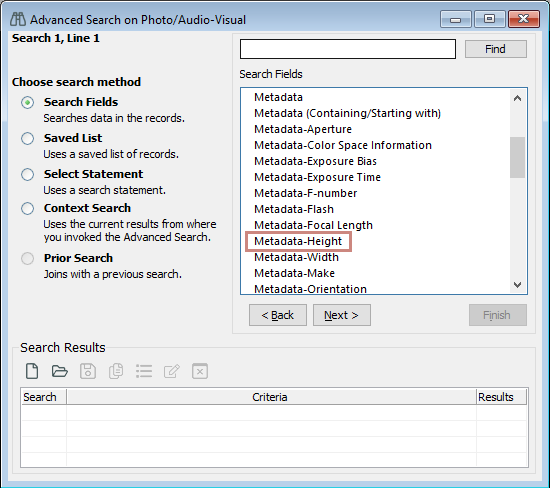
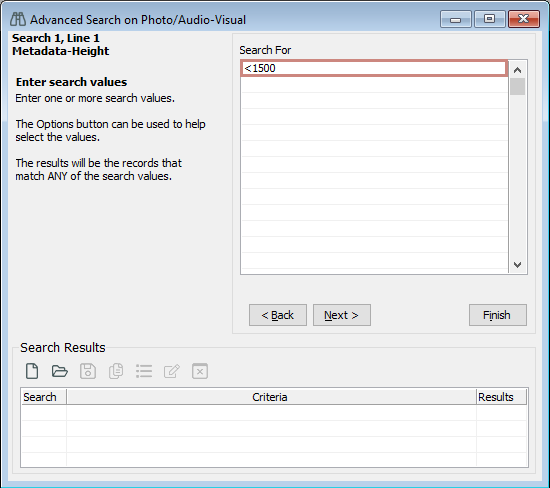
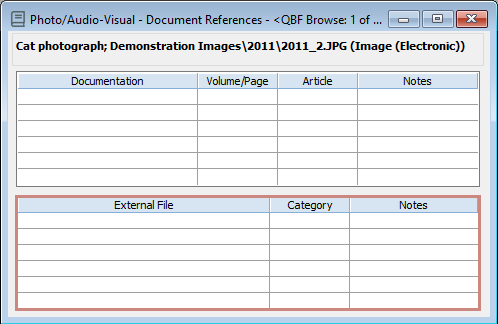
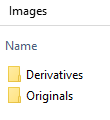
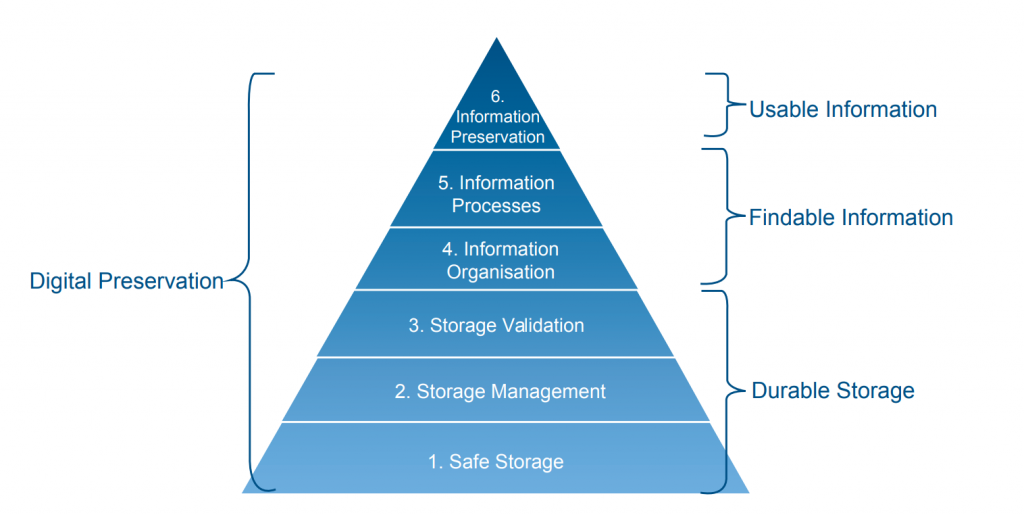
[…] Read more about managing digital assets with our Explainer article about digital asset management. […]